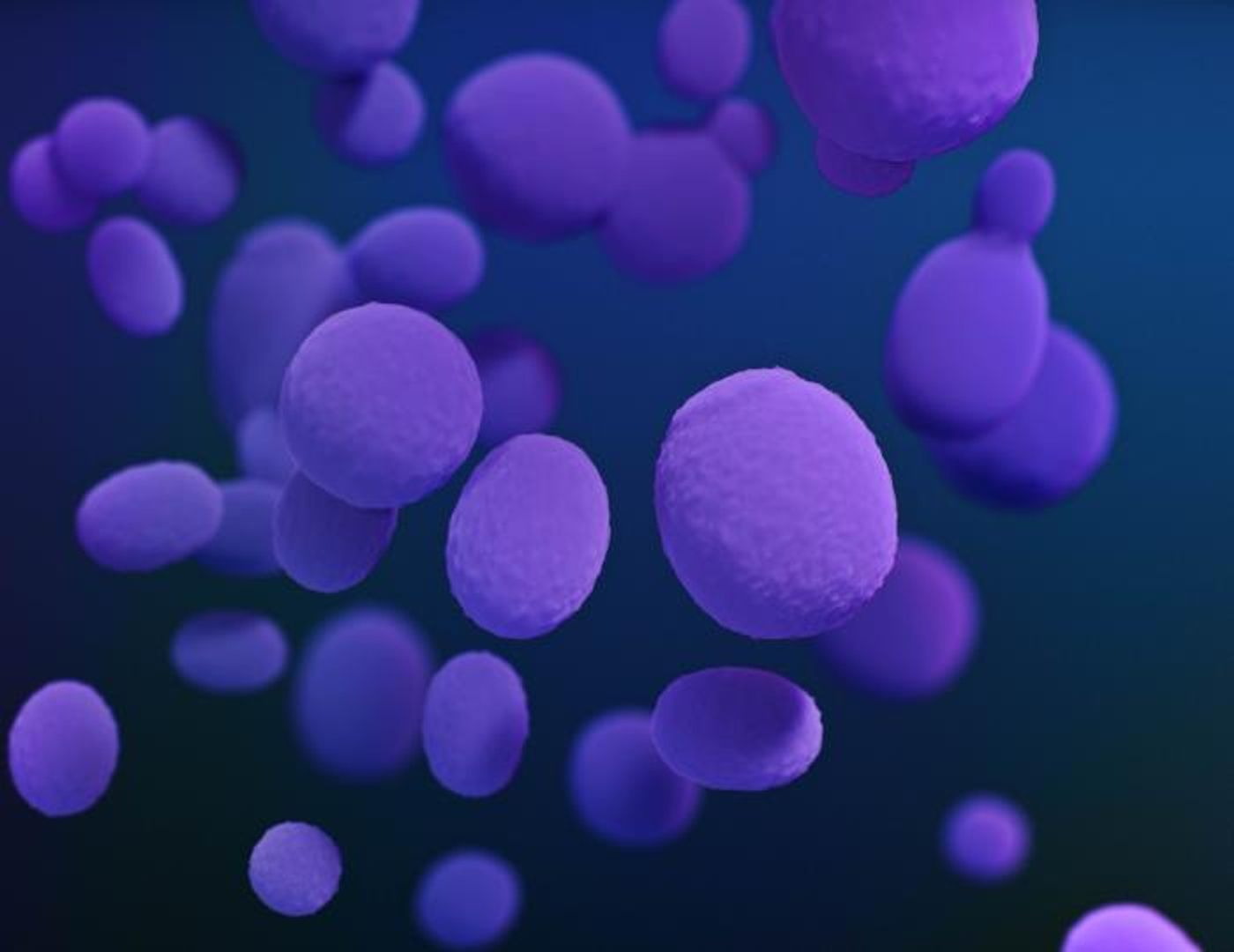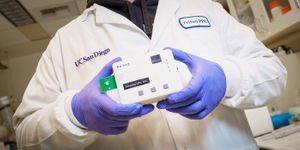Scientists Engineer a New, Safer Antifungal Drug
Fungal infections can be very serious, and they can come out of nowhere. The first case of a Candida auris infection, for example, was documented in 2009, and now, Candida auris infections happen all over the world and are a growing problem in healthcare settings. Antifungal drugs are crucial, but they can be particularly difficult to develop because fungal cells are eukaryotic, just like human cells. Bacteria are prokaryotes, so drugs that attack bacterial cells usually leave human cells alone, but that might not be the case for potential new antifungals.
However, scientists may have made a major breakthrough by tweaking the structure of a common antifungal drug known as Amphotericin B. The findings have been reported in Nature, and the study authors suggested that the new drug could be just as effective as Amphotericin B but may not come with some of the severe side effects.
Amphotericin B (AmB) is naturally made by bacteria, and is a drug of last resort for tough fungal infections. The drug can eliminate fungi, but it can also seriously damage human kidneys. This research team has previously investigated how the drug works, and shown that it can destroy fungi by extracting a molecule called ergosterol from fungal cells.
The latest study by this group revealed that AmB also removes cholesterol from kidney cells, damaging them. Both ergosterol and cholesterol are sterols, and they bind to AmB in slightly different ways, which were revealed in this study.
Once the researchers gained this insight, they were able to modify AmB so that it was less likely to bind to cholesterol and less toxic to kidney cells, said professor Chad Rienstra of the University of Wisconsin-Madison.
The investigators started creating and testing compounds that were like AmB but had small changes in the portion that bind to sterols. They were also aiming to improve its ability to remove ergosterol. The most promising compounds are testing in cell culture assays, and the best candidates were then moved to animal models.
One compound in particular, AM-2-19, showed real promise. “This molecule is kidney-sparing, it is resistance evasive and it has broad spectrum efficacy,” said co-first study author and postdoctoral researcher Arun Maji. “We tested this molecule against over 500 different clinically relevant pathogen species in four different locations, and this molecule completely surprised us by either mimicking or surpassing the efficacy of current clinically available antifungal drugs.”
AM-2-19 was salso creened for toxicity in cell culture assays, with good results. AM-2-19 was licensed to Sfunga Therapeutics for further development and testing.









